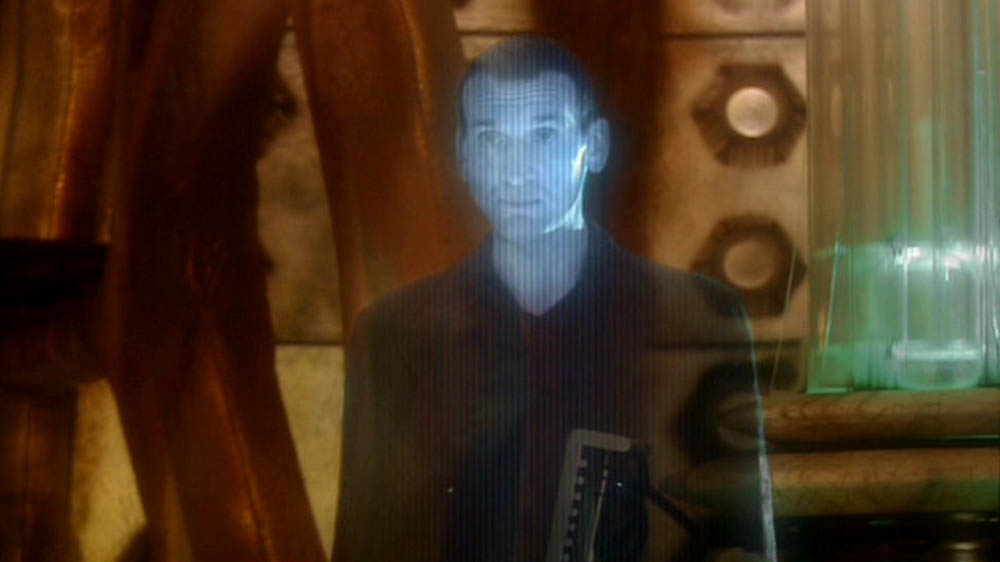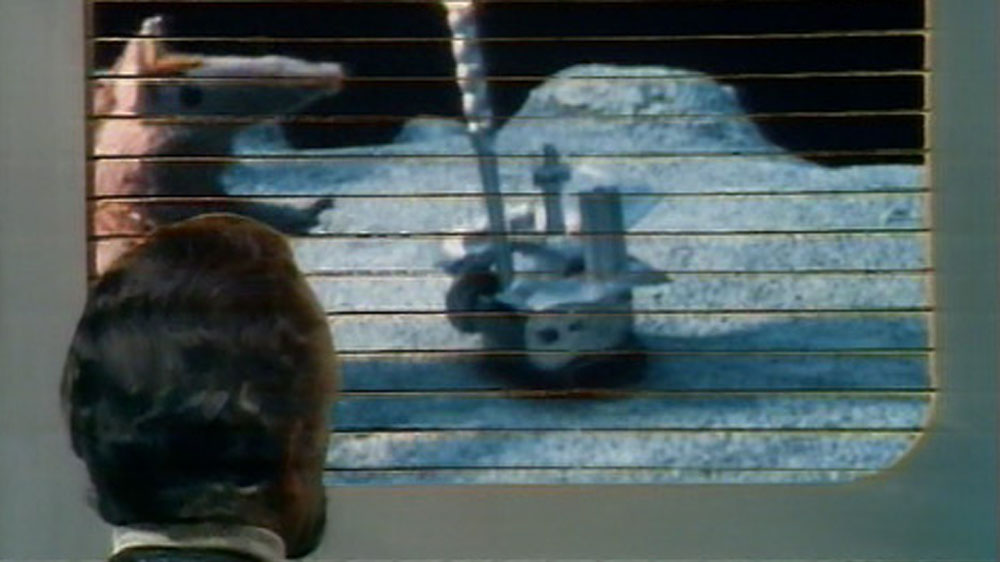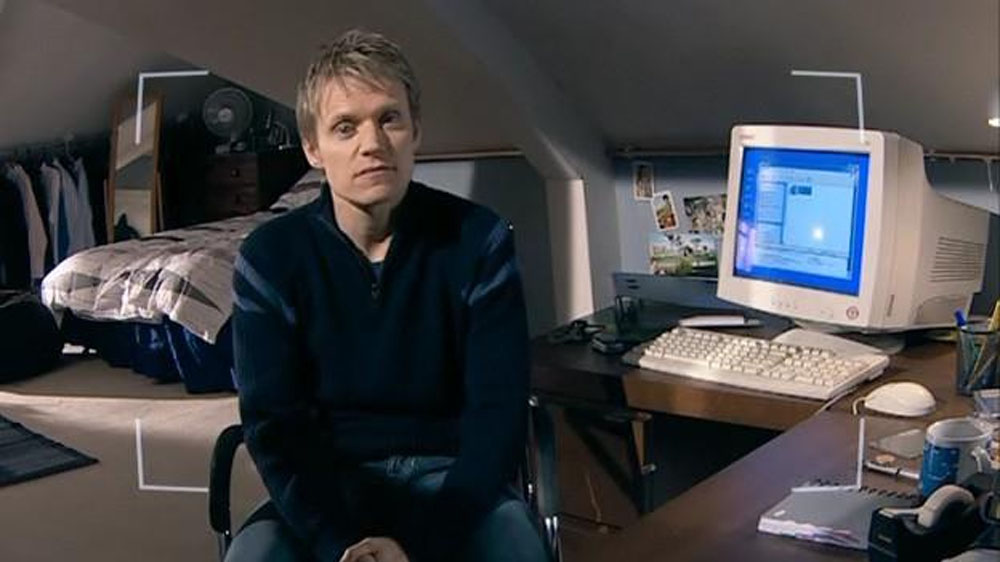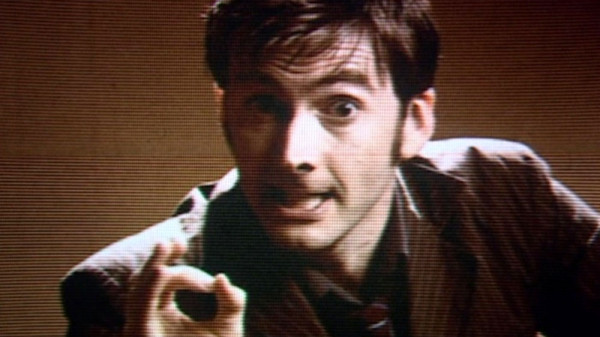So, Episode 9 of the new Doctor Who season is going to be a ‘found-footage’ story.
Perhaps you’re sceptical and/or excited. It’s okay to feel both. For every Blair Witch Project, Cloverfield or Chronicle, there’s a hundred imitations that spawn grainy mind-tripe like Apollo 18, Paranormal Activity 4 and Project X. Whatever the outcome for Who, it’s great that after 52 years the show is still experimenting with new formats and styles of presentation.
And who better to write some shaky-cam scares than Mark Gatiss, a man whose Hammer and Europa Horror knowledge (his BBC Four documentaries on the subjects are a must-watch) is as infectious as it is comprehensive.
Steven Moffat says that Gatiss has “been rewriting it over and over again to make it perfect,” and that it’s “very eerie and special; I think it’s going to be an instant classic.”
No pressure there, then.
There’s never been a found footage episode of Doctor Who, but there have been episodes where people have found footage (stick with me, it’s about to get even more tenuous).
So, presented without any further words to put you off, here are 5 episodes – and one special mention – featuring found footage of some sort. Between this and the ‘Best Eyebrows’ list, I’m dangerously close to being run out of town…
‘The Parting of the Ways’

Holographic found footage! Believing she’s helping The Doctor (in a wide-eyed Jo Grant sort of way that’s frankly unusual for her), Rose jumps inside the TARDIS, only for the whole thing to take off with her inside, like a caravan rolling down a steep hill.
And as she rattles around, the TARDIS’s ‘Autoplay’ feature kicks in and cues up The Doctor’s ‘Emergency Programme One’ message.
It’s a terrific speech, and then there’s that moment as his holographic head turns to her and tells her to have a good life, which is the 3D projected equivalent of telling someone to stop picking their nose during a YouTube self-help vlog.
‘The Time of Angels’

Doctor Who does The Ring! Sort of!
In an example of the most terrifying video tape since the bootleg VHS of ‘The Twin Dilemma’, a Weeping Angel transposes itself from the looped footage of the Byzantium’s vault and appears, flickering, into the room that poor Amy Pond is locked in.
It’s a terrifically claustrophobic rendition of just how powerful the stony-faced foes can be. Until that point we’d only seen them scavenging and hunting DVD shop owners and their Oscar-nominated crushes.
‘The Sea Devils’

On a monitor that looks more like a cigarette-dispensing monolith than a TV, The Master watches The Clangers, believing that he’s watching footage of, as he puts it, a “rather interesting extraterrestrial life-form”.
Yes. The Doctor’s intellectual equal, fooled by a few quid’s worth of wool and Oliver Postgate’s imagination. It wouldn’t be the last time either.
In ‘The Sound of Drums’ he thinks that the Teletubbies are real. What next? Missy believing Igglepiggle is an interstellar threat to her plans? Actually, probably not, seeing as the narrator of In the Night Garden is quite familiar.
‘Love & Monsters’

Largely presented as the video diary of Elton Pope, an amateur TARDIS chaser and concrete fetishist, everyone forgets that ‘Love & Monsters’ had an innovative structure for the show because all that was lost under a misjudged turn from Peter Kay, zero terror and a Blue Peter competition crowdsourced monster that the production team either got wrong or budgeted to death (the kid who won had envisaged his Abzorbaloff as being taller than a double-decker bus).
But Doctor Who had never been presented in such an anecdotal format before. In complaining about everything that doesn’t work in the episode (and there’s a fair bit), it’s easy to forget that the structure which housed it was ground-breaking for the show.
For the first time in some forty-odd years, there was more than one way to tell a Doctor Who story.
Continued on next page…

